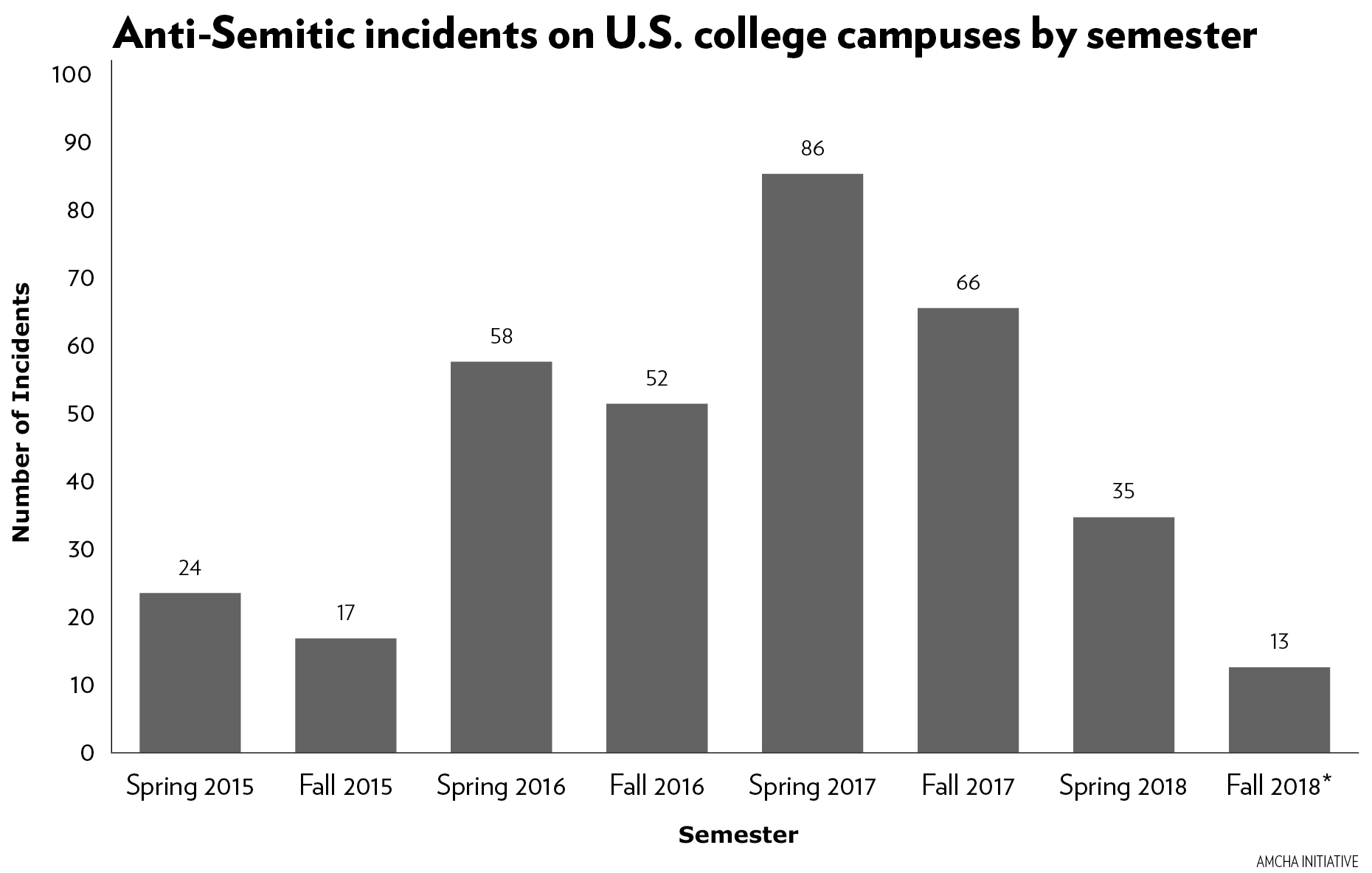Swastika etched on desk draws contempt
October 19, 2018
In an email to the campus community on Tuesday, President Clayton Rose announced that a swastika, drawn on a carrel and accompanied by the phrase “Heil Hitler,” has been deemed a bias incident. It is the third time the Nazi symbol has been found on Bowdoin’s campus since early 2017 and comes amidst an uptick in white nationalist imagery at colleges and universities across the nation.
The incident was first reported on September 28, but Senior Vice President for Inclusion and Diversity Michael Reed said it’s unclear when or by whom the graffiti was drawn. In some cases, the Office of Safety and Security uses surveillance video footage or card swipe data to identify people of interest, but the lack of a timeframe and the location of the carrel—on the sixth floor of the Hubbard Hall Stacks—rendered both of these approaches unhelpful.
Reed noted that graffiti had likely been seen by others before the report was filed, as a nearby scribble read “F— you,” with an arrow pointed at the swastika.
The Bias Incident Group (BIG), which includes students, staff and faculty, convened on October 10 to discuss the issue. In its report, which Rose released to the community on Tuesday, the group critiqued individuals who saw the swastika but did not report it.
“We are grateful to the student who reported the most recent incident, but we are also concerned that others may have seen this vile scrawl and chose to either ignore it or to react simply by adding their own graffiti,” the group wrote.
Reed was quick to emphasize the seriousness of the swastika’s history.
“That is a symbol of hatred, bigotry, annihilation, racism, and it’s directed at religious groups, cultural groups, people that are mentally and physically disabled. It’s a symbol of hatred,” he said.
In September 2017, Housekeeping staff found a swastika and homophobic language scrawled on whiteboards in the Visual Arts Center. In January of that year, a student reported a swastika as well as the number “666” stomped into the snow. Both of those instances were also deemed bias incidents.
Reed, who came to Bowdoin in March of this year, noted that, while the most recent swastika didn’t appear to be directly targeted at any individual, the community should be concerned about the attitudes and dispositions that might lead someone to draw it.
“What is it that people feel they can so easily go around drawing swastikas, or making swastikas in the snow?” he said.
He added that, in a case where an act of bias posed an immediate threat to the community, students and staff would be notified more promptly.
“If it was a more severe incident, people would have known immediately,” he said.

The three swastika incidents at Bowdoin in the last 22 months follow a trend of anti-Jewish graffiti on college campuses. The nonprofit AMCHA Initiative, which tracks instances of anti-Semitic language and imagery at American colleges and universities, documented 152 incidents in 2017, up from 110 the previous year and 41 in 2015. The Anti-Defamation League found that anti-Semitic incidents rose by 57 percent nationwide in 2017.
Among Maine colleges, there are no reports of swastika imagery appearing at either Bates or Colby since 2015. The University of Maine was one of several schools affected by a case of printer hacking in 2016, which led openly white supremacist fliers to be printed on college printers.

Comments
Before submitting a comment, please review our comment policy. Some key points from the policy: